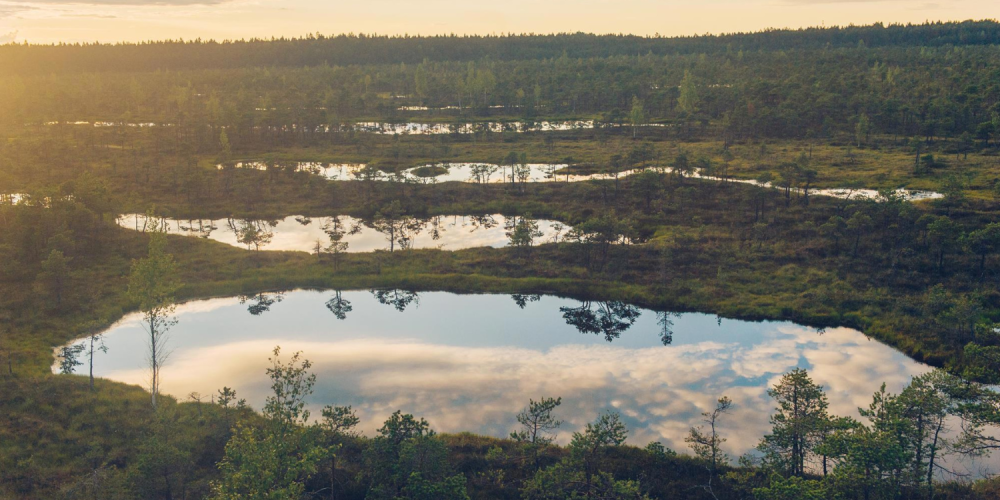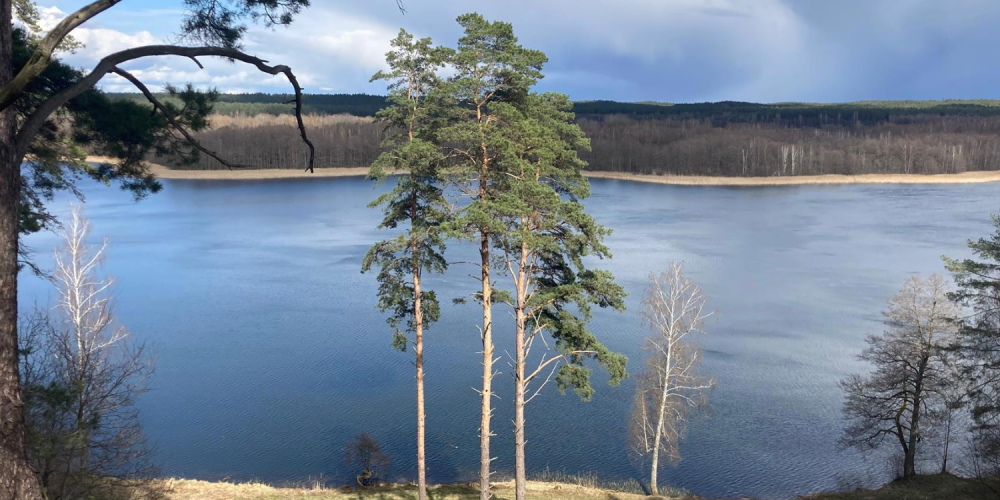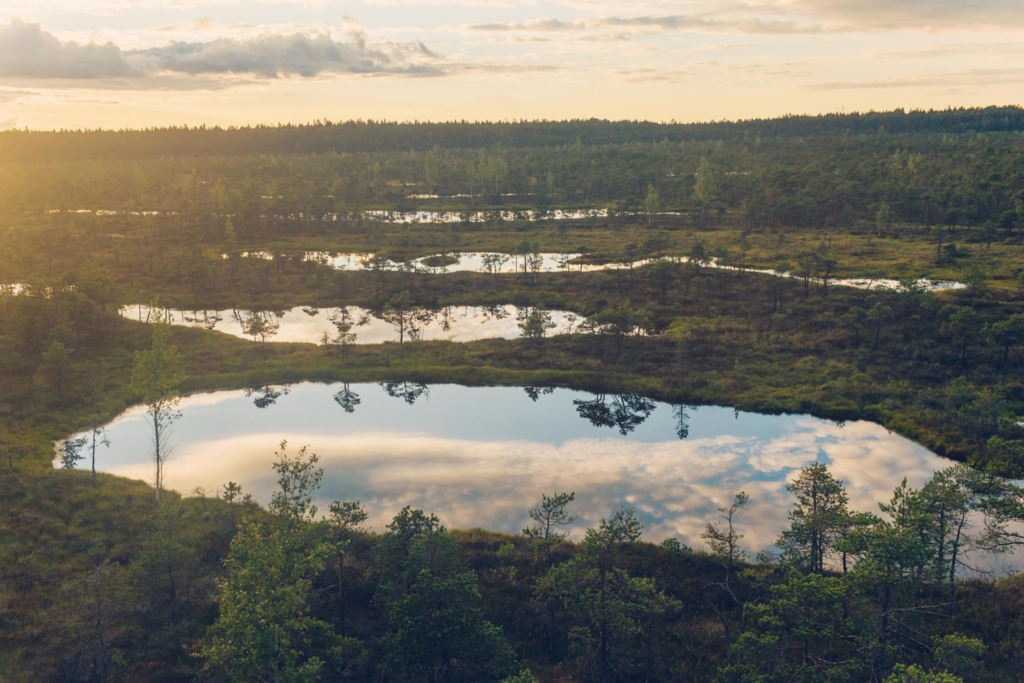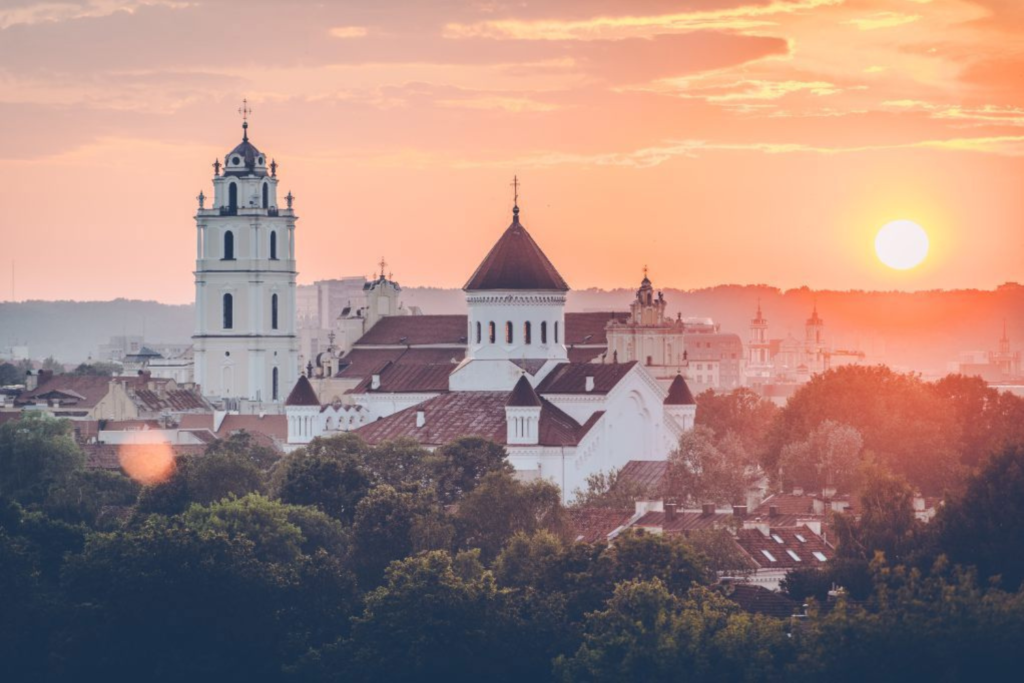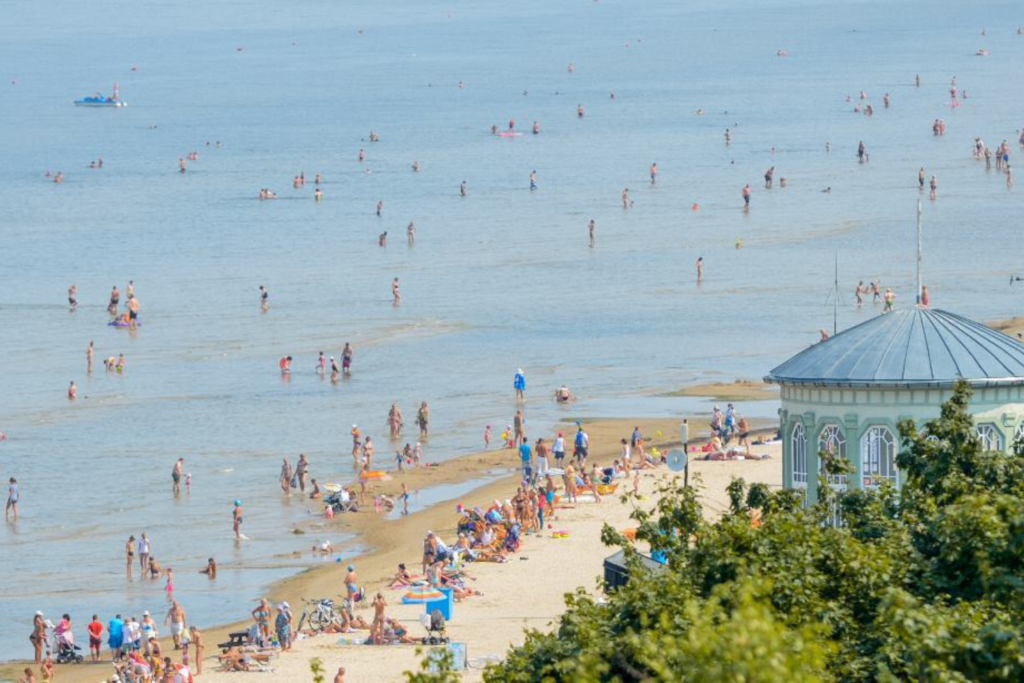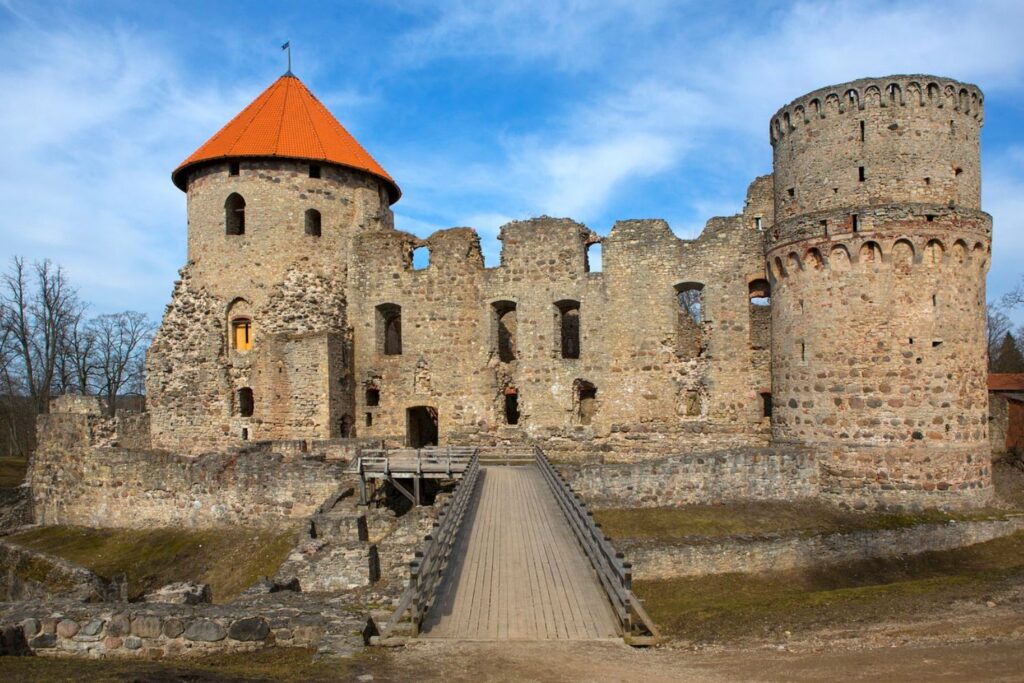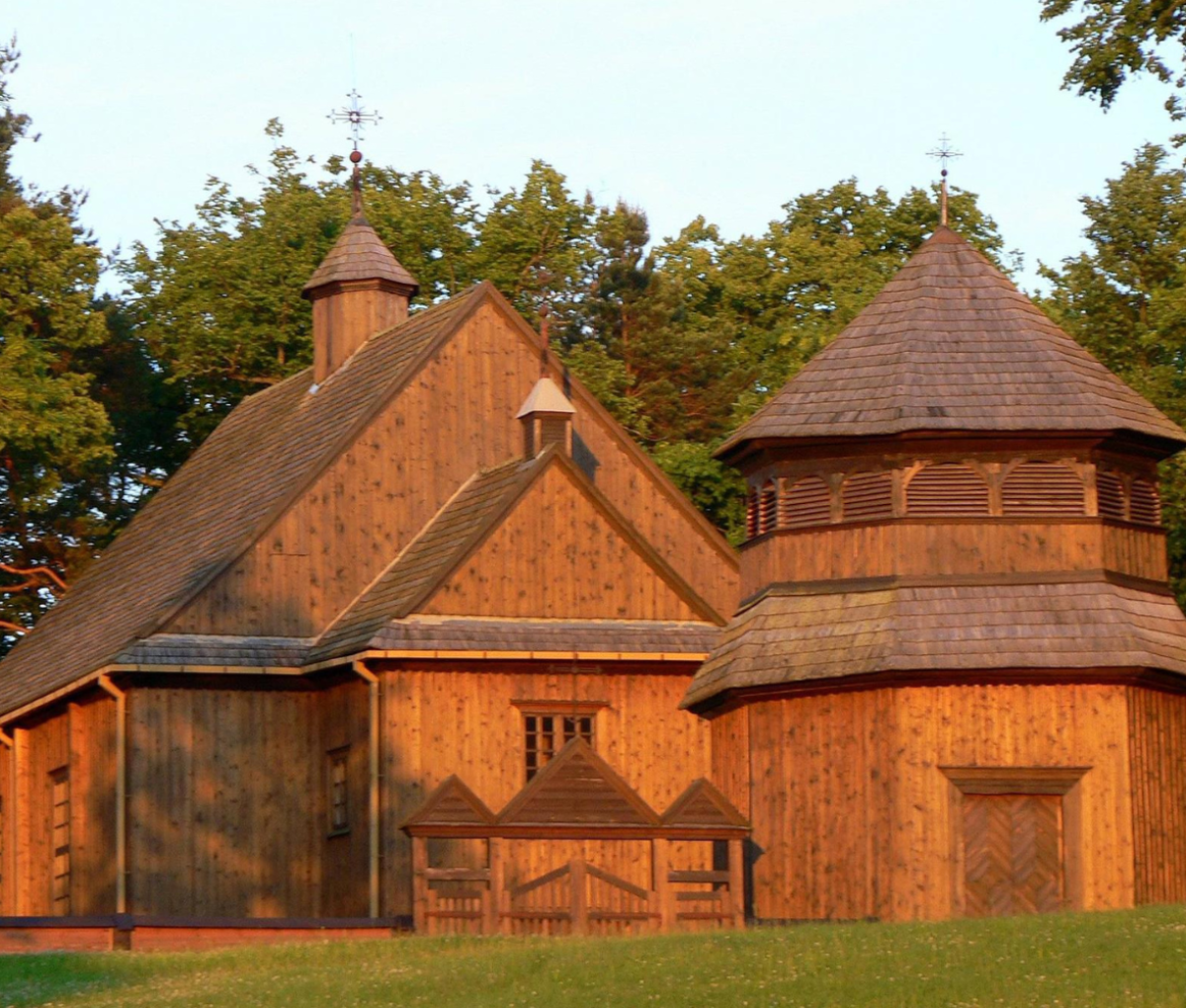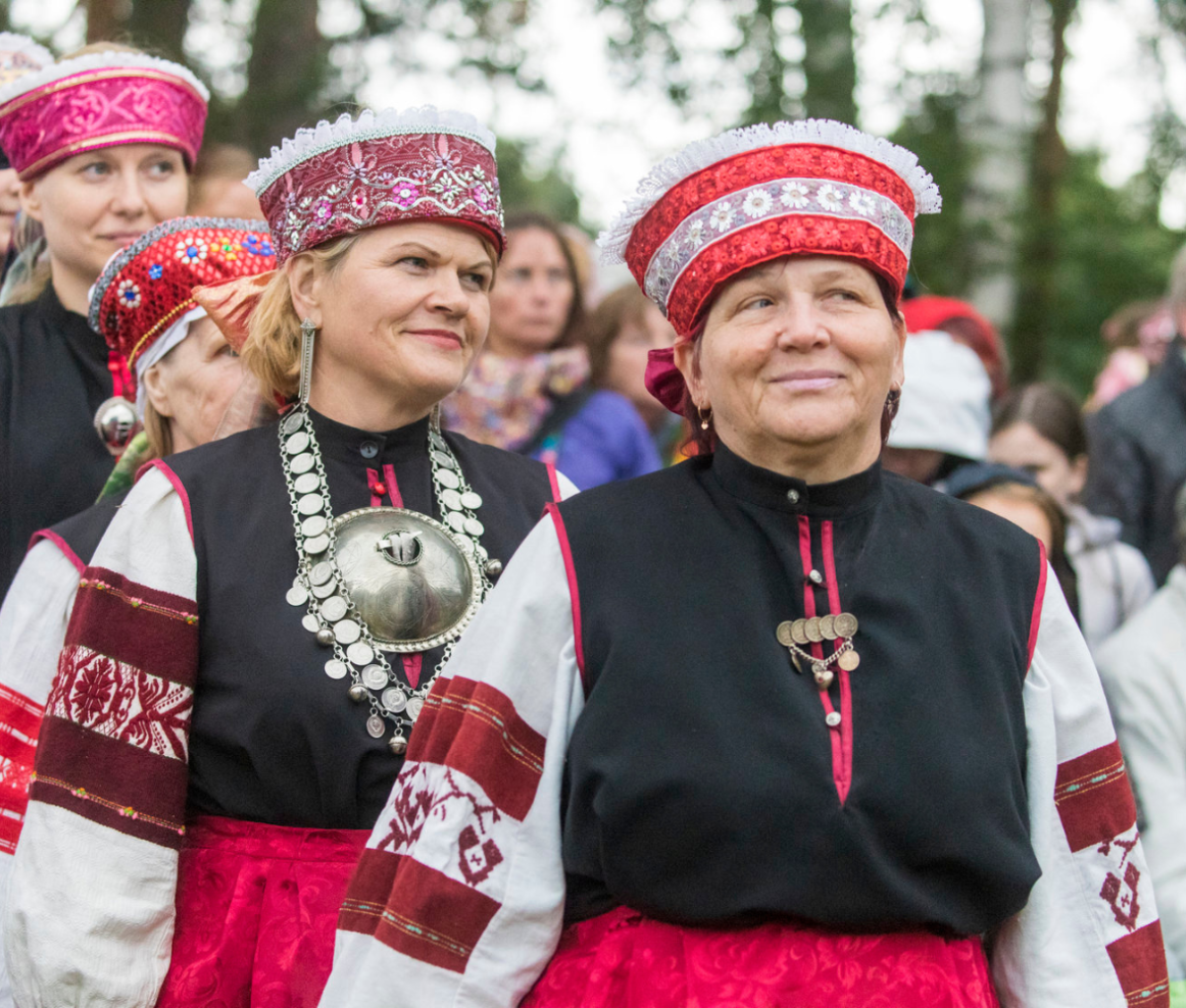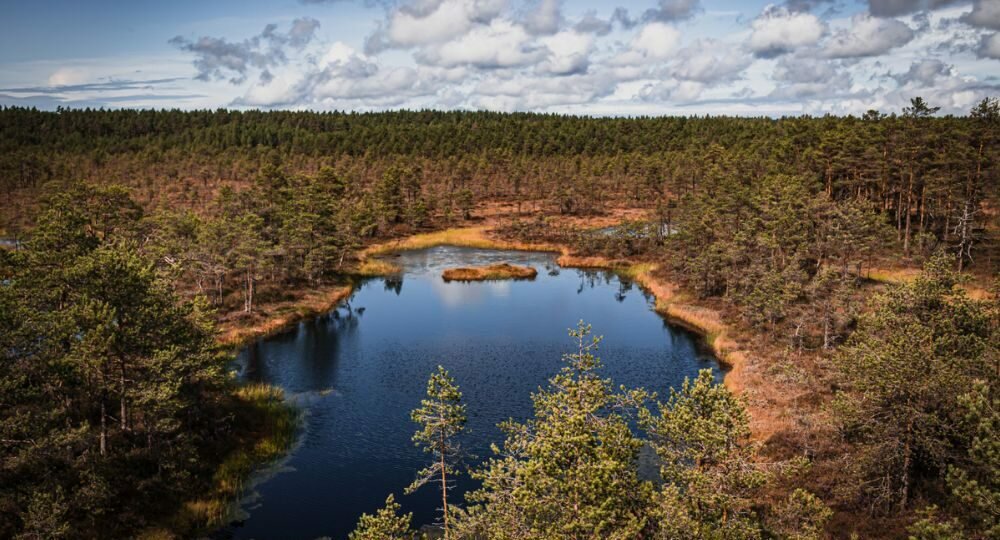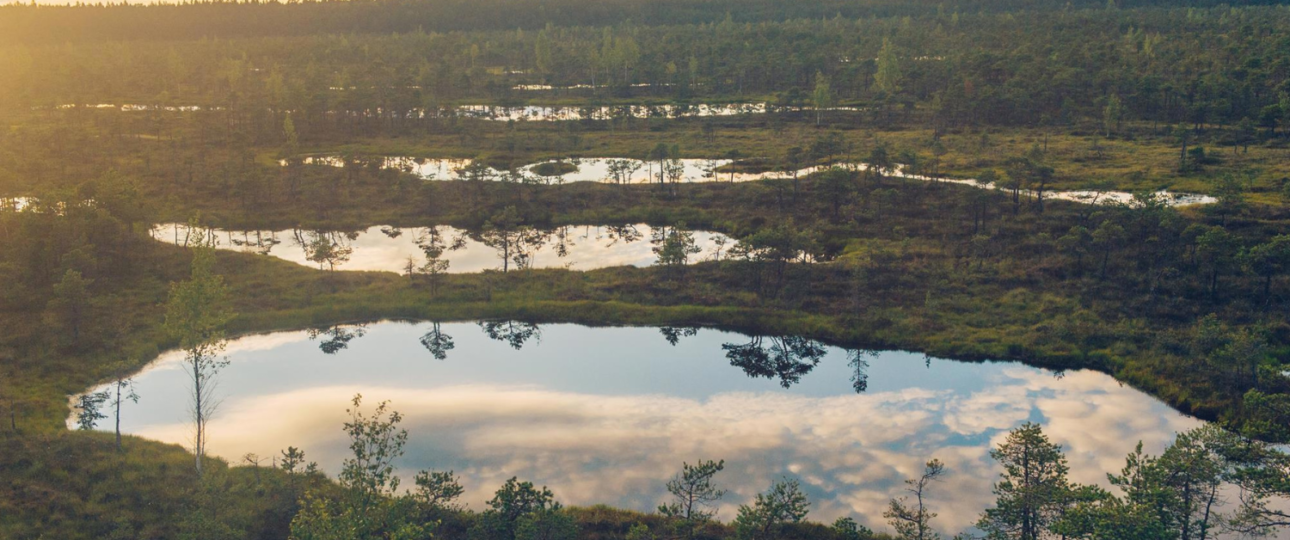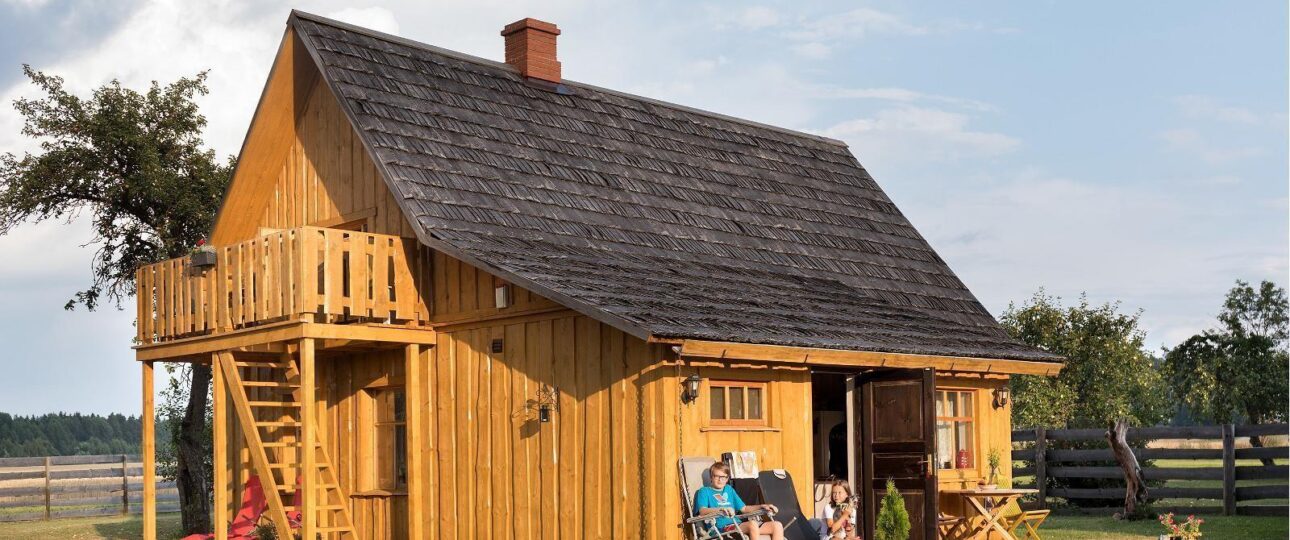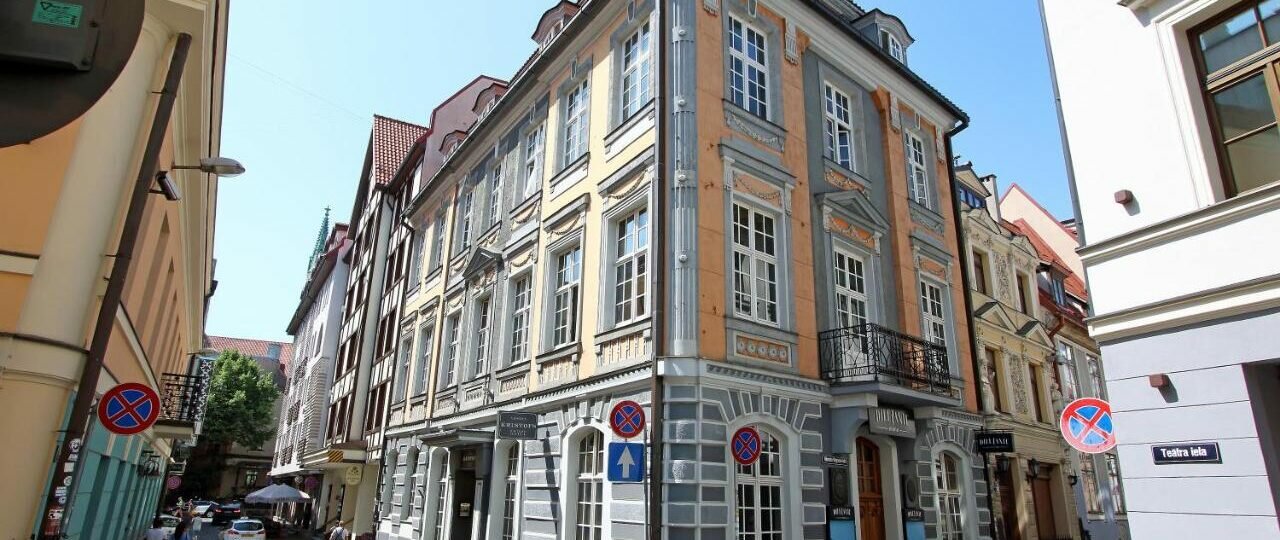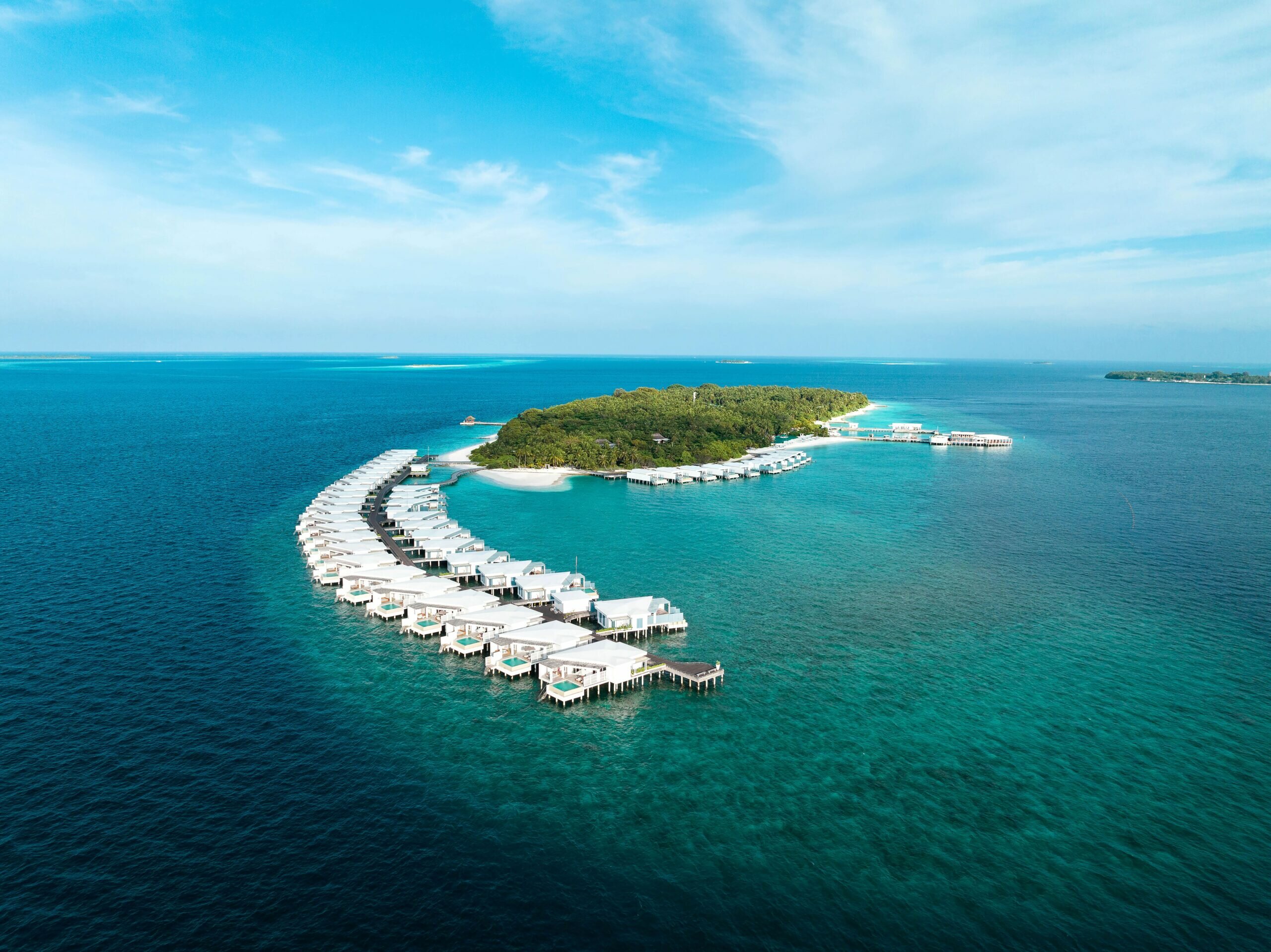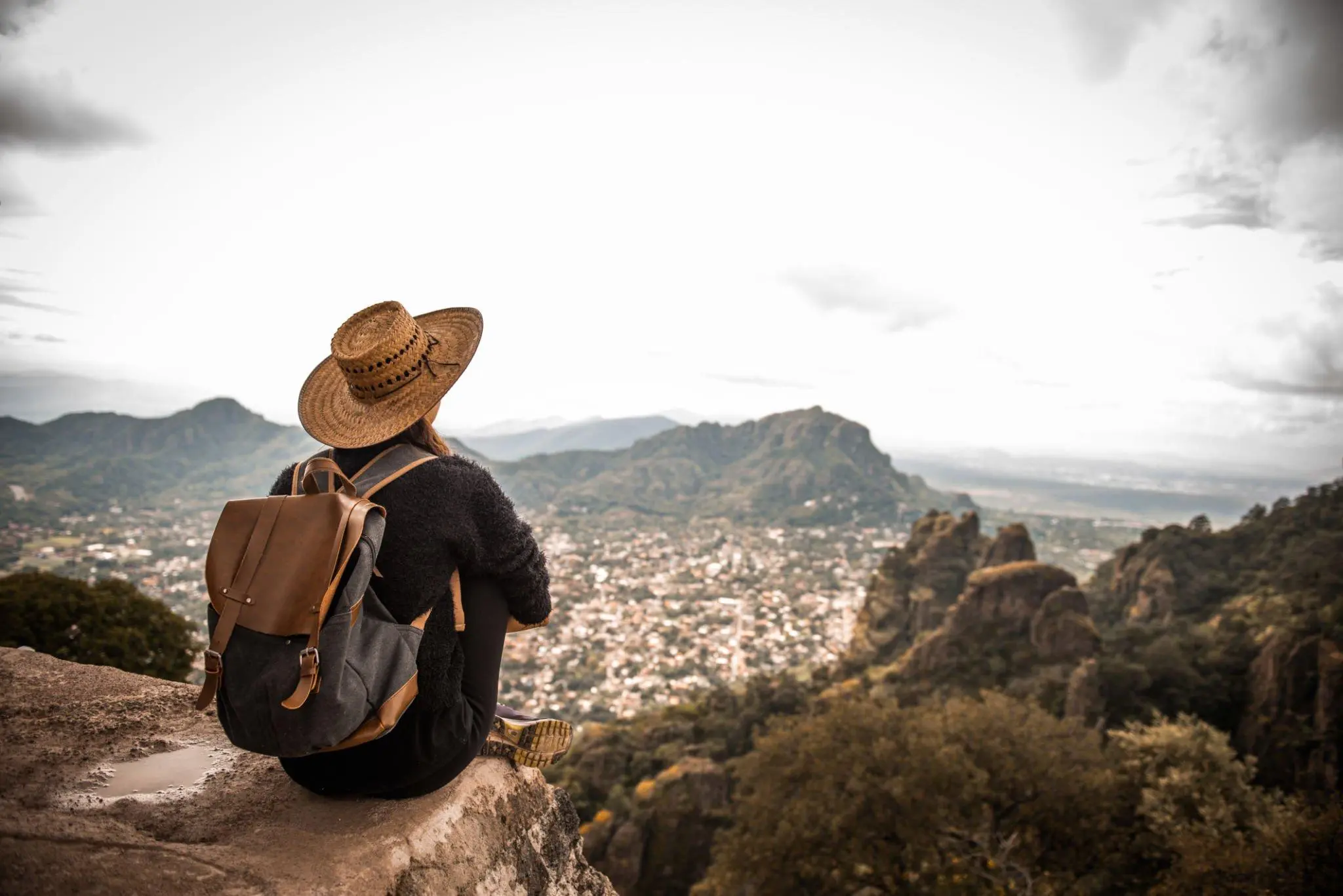Embark on this 12-day Sustainable Journey through the Baltics to discover lesser-known destinations and support local communities along the way. Begin in Vilnius, Lithuania, with an electric car rental, discovering the city’s rich history and architecture. Travel through Aukstaitija National Park, visiting Kernavė, Dubingiai, Labanoras, and Palūšė, staying in locally-owned accommodations. Explore Gauja National Park in Latvia, with stops in Cēsis and Valmiera. Cross the border into Estonia, discovering the Setooma Ethnic Region, Tartu, and the Onion Route. Experience Lahemaa National Park before concluding the journey in Tallinn. This sustainable tour includes eco-friendly accommodations, locally-sourced food, and promotes responsible tourism practices.
Journey Overview
Day 1 – Arrival in Vilnius, Lithuania
Day 2 – Vilnius – Kernavė – Dubingiai – Labanoras – Moletai – Paluse, Lithuania
Day 3 – Exploring Aukstaitija National Park, Lithuania
Day 4 – Paluse – Anykščiai – Birzai, Lithuania
Day 5 – Biržai, Lithuania – Bauska – Ķemeri – Jūrmala, Latvia
Day 6 – Jūrmala – Riga Farmer’s Market Tour, Latvia
Day 7 – Exploring Gauja National Park, Latvia
Day 8 – Cēsis – Valmiera, Latvia – Valga – Veru, Estonia
Day 9 – Discovering Setooma Ethnic Region, Estonia
Day 10 – Travelling the Onion Route, Estonia
Day 11 – Lahemaa National Park, Estonia
Day 12 – Departure
What’s Included?
- 11 nights in 3-4* with breakfast in small locally owned hotels and guesthouses
- Etnocosmology museum visit and guided tour
- Ancient beekeeping museum visit and honey tasting
- Riga farmers market visit and food tasting
- Brewery tour and tasting in Valmiera.
- In Setomaa cultural education about Seto national costume
- Onion farm visit
- Electric car rental
- National Park fees
- Car rental one-way fee (pick up in Vilnius, drop off in Tallinn)
What is not included?
- Travel to and from The Baltics, by air or rail
- Pre or post-tour accommodation
- Meals and drinks not mentioned as ‘included’.
- Personal travel insurance
- Gratuities
- Optional activities and tours
- 0 EUR liability insurance for car
- City taxes (in Riga)
Optional extras
- Car insurance with 0EUR liability – 145 EUR
Why this tour is sustainable?
Visiting lesser-known destinations: This tour is already sustainable from the mass tourism perspective – as the Baltic states is a lesser-known region, we encourage travellers to come to explore this new destination and to spend more time exploring three countries – Lithuania, Latvia and Estonia. Typical and most popular holiday to the Baltics would take around 7-8 days, so we’ve expanded it to 12 days allowing you to visit more remote areas and small towns that are less visited, to distribute tourism spend to these areas. All our tours promote and respect local culture by inviting travellers to witness and experience local customs and traditions.
Accommodations: Where possible we use small, locally owned hotels and homesteads run by locals to give you a more authentic experience on your holiday, while supporting small businesses and local communities.
Transport: This journey includes the hire of an electric vehicle, so despite travelling a distance of up to 1,400km, your carbon emissions will be low.
Short distances: We offer day activities that include walking, hiking and exploring nearby areas from the overnight stay. Each day the distance covered is 30-200 km between the 2 overnight stays. This allows to have more stops in beautiful and interesting local areas that otherwise would be skipped if visiting only capital areas.
Sightseeing: The tour includes visiting national and regional parks that are protected by the state. In Lithuania, a few years ago the government introduced a voluntary park visit ticket which we include in the tour price for the whole duration of the tour to all parks visited. All the funds collected from the park entrance tickets go directly to the national and regional parks and are used for the maintenance of the walking paths, preparation of the information boards and education of the park visitors. We include many outdoor options with beautiful walking trails and natural monuments to see.
The optional guided tours are offered by certified local guides and include no transportation. All the museums are local and represent various traditional crafts, lifestyles and history of local people.
Food and drinks: During this tour, we offer a few food sampling options. We guarantee that all the tasted food is typical for the regions and comes from local nearby farms. The food supply chain is shortened and localised to the regions visited. Most places have vegetarian/vegan options.
Local staff: All the tour providers (guides, hosts) live locally, are directly contracted, and are paid fair wages for their services.



